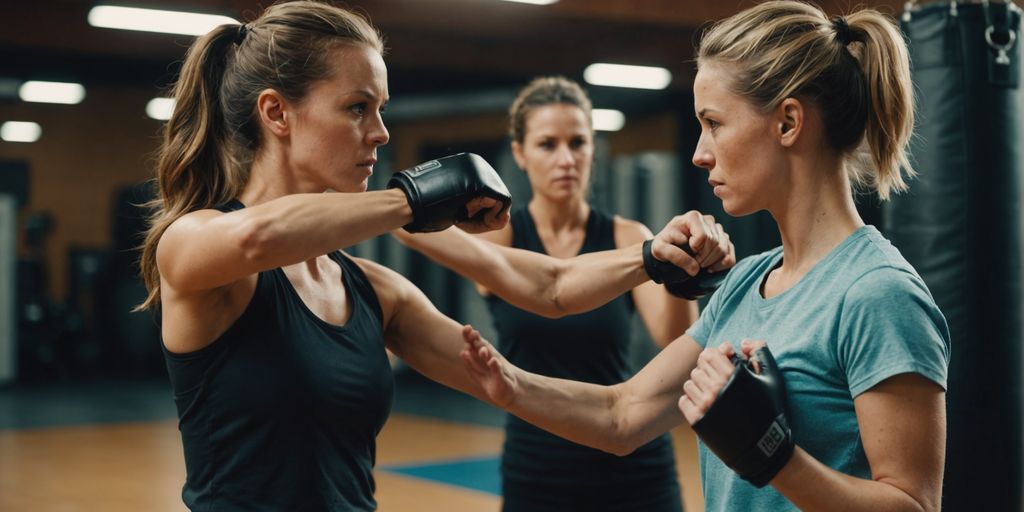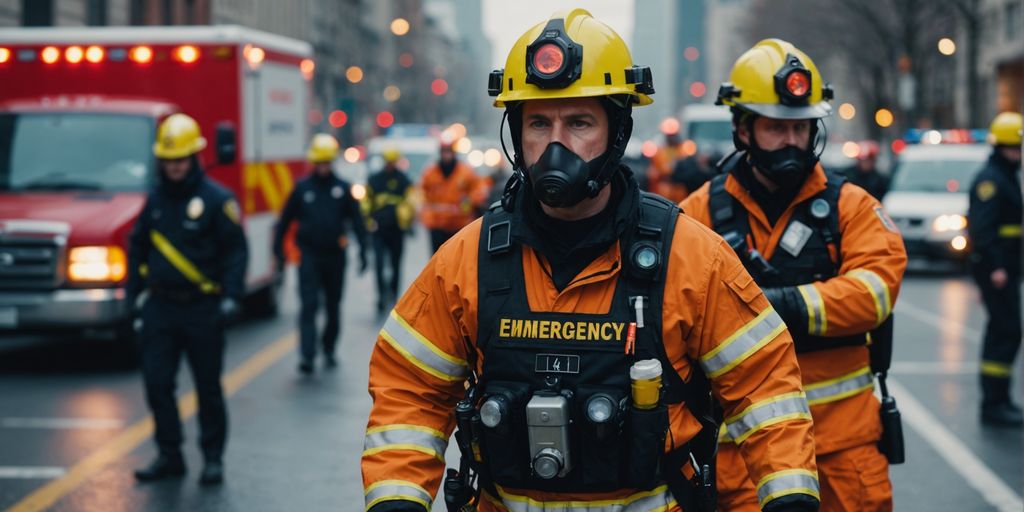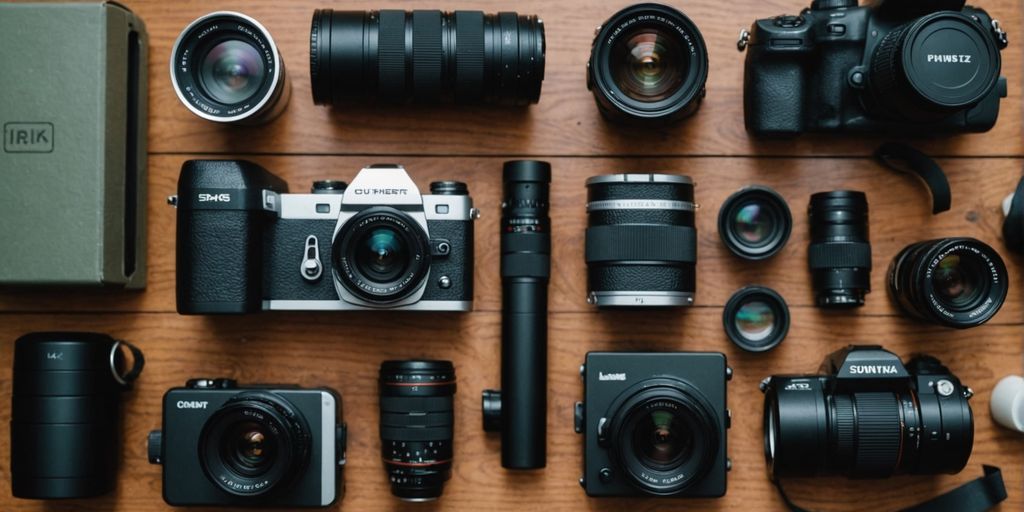Every woman should know how to protect herself from physical threats. Being prepared both mentally and physically can make all the difference in dangerous situations. This article covers essential self-defense tips and tools to help women stay safe.
Key Takeaways
- Understanding your surroundings can help you spot potential dangers early.
- Basic self-defense moves like strikes and kicks can be very effective.
- Mental strength is just as important as physical strength in self-defense.
- Regular exercise can improve your ability to defend yourself.
- Knowing the legal aspects of self-defense can help you make informed decisions.
Understanding Situational Awareness
Situational awareness is a key skill in self-defense. It helps you anticipate potential threats in your environment, determine when something doesn’t look right, and make informed decisions to stay safe. By being aware of what’s going on around you, you can identify and avoid danger before it escalates.
Recognizing Potential Threats
Attackers often lurk in dark places, empty streets, or crowded rooms to catch victims off guard. Taking in your surroundings and choosing well-lit paths can deter an attacker from targeting you or give you a chance to call out for help before an attacker can stop you.
Trusting Your Instincts
Your eyes, ears, and intuition have been perfected over centuries for the sole purpose of keeping you alive. They are highly effective survival tools—never allow them to be shut down in public. If something feels off, trust your instincts and take action to protect yourself.
Avoiding Dangerous Situations
Many people call this situational awareness. Train yourself to look for potential dangers, and if you can avoid a bad situation altogether, avoid it. It’s a lot easier and less traumatic to evade an attack than defend against one once it comes. Some people put it like this: If you feel like you really need your gun to go to a particular location, it’s probably better to simply not go to that location in the first place.
Basic Self-Defense Techniques
Learning basic self-defense techniques can empower women to protect themselves in various situations. Knowing how to defend yourself can boost your confidence and help you feel safer in your daily life.
Strengthening Mental Resilience
Strengthening mental resilience is crucial for self-defense. It helps you stay calm and think clearly during stressful situations. By strengthening mental resilience, self-defense empowers women to persevere through adversity, bounce back from setbacks, and maintain a positive outlook even in tough times.
Physical Conditioning for Self-Defense
Cardio and Strength Training
Cardio and strength training are essential for self-defense. Regular training increases strength, stamina, and overall fitness. This helps you stay calm and focused during an attack. Activities like running, swimming, and weightlifting can improve your endurance and power.
Flexibility and Agility Exercises
Flexibility and agility exercises are crucial for effective self-defense. Stretching, yoga, and agility drills can help you move quickly and avoid danger. These exercises also reduce the risk of injury during a confrontation.
Importance of Regular Practice
Practicing self-defense techniques regularly is key to developing muscle memory. This muscle memory can be vital in a high-stress situation, helping you react quickly and effectively. Joining a self-defense class can provide structured practice and improve your skills.
Self-Defense Tools and Gadgets
Pepper Spray and Stun Guns
Pepper spray and stun guns are popular choices for self-defense. Pepper spray can temporarily blind an attacker, giving you a chance to escape. Stun guns deliver an electric shock that can incapacitate someone for a short period. It’s important to get training on how to use these tools effectively.
Personal Alarms
Personal alarms are small devices that emit a loud noise when activated. This can startle an attacker and draw attention to your situation. They are easy to carry and can be attached to your keys or bag.
Choosing the Right Tool for You
When selecting a self-defense tool, consider your comfort and ease of use. Some tools may be more suitable for certain situations than others. For example, a stun gun might be more effective in close encounters, while pepper spray can be used from a distance. Always check the legal restrictions in your area before carrying any self-defense weapon.
Legal Aspects of Self-Defense
Understanding Self-Defense Laws
Self-defense laws can vary widely depending on where you live. It’s important to know the specific laws in your area to ensure you act within your legal rights. Some places have a "duty to retreat" rule, while others follow the "stand your ground" principle. The common law principle of “castle doctrine” says that individuals have the right to use reasonable force, including deadly force, to protect themselves in their own home.
Knowing Your Rights
When it comes to self-defense, you have the right to protect yourself from harm. However, the force you use must be proportional to the threat you face. In self-defense, you must use only the force reasonably necessary to protect yourself or others from imminent danger. This means you can’t use excessive force if the threat is minor.
Legal Consequences of Self-Defense Actions
Even if you act in self-defense, there can still be legal consequences. It’s crucial to understand that self-defense is a defense in criminal and tort law. If justified, self-defense can protect you from criminal charges, but you may still face civil liability. Always consult with a legal expert to understand the potential outcomes of your actions.
Self-Defense Classes and Training
Finding a Reputable Instructor
When choosing a self-defense class, it’s crucial to learn from someone who is properly trained and trusted. A good instructor can make all the difference in your learning experience. Look for instructors with certifications and positive reviews. You can find reputable classes in various places, such as community centers or specialized gyms.
Types of Self-Defense Classes
There are many types of self-defense classes available, each focusing on different techniques and strategies. Some popular options include:
- Krav Maga
- Brazilian Jiu-Jitsu
- Muay Thai
- Traditional Martial Arts
Each type offers unique benefits, so consider what aligns best with your personal goals and comfort level.
Benefits of Regular Training
Regular training in self-defense not only improves your physical skills but also boosts your mental resilience. Consistent practice helps develop muscle memory, which is crucial in high-stress situations. Additionally, training can increase your confidence and reduce anxiety about personal safety.
Self-Defense for Different Environments
Living in a city or the countryside presents different challenges for self-defense. In urban areas, it’s crucial to stay alert in crowded places and avoid poorly lit streets. Attackers often target individuals who seem distracted or unaware. In rural settings, the isolation can be a risk, so it’s important to know your surroundings and have a plan for emergencies.
When traveling, always keep your belongings close and be cautious of strangers. Trust your instincts if something feels off. Simple actions like staying in well-lit areas and avoiding empty streets can make a big difference. It’s also wise to share your travel plans with someone you trust.
Your home should be your safe haven. Ensure all doors and windows are locked, and consider installing a security system. Knowing how to use household items for self-defense can be crucial in an emergency. Always have a plan and practice it regularly to stay prepared.
Empowering Women Through Self-Defense
Creating a strong support network is crucial for women learning self-defense. Having a group of friends or family members who understand and support your journey can make a significant difference. This network can provide encouragement, share tips, and even practice techniques together.
One of the best ways to empower others is by sharing what you’ve learned. Teaching self-defense techniques to friends, family, or community members not only reinforces your own skills but also helps others feel safer. Knowledge is power, and spreading it can create a safer environment for everyone.
Encouraging other women to take self-defense classes can have a ripple effect. When more women are trained in self-defense, the community as a whole becomes safer. Share your positive experiences and the benefits you’ve gained to inspire others to take that first step.
De-escalation Techniques
Verbal Self-Defense
Verbal self-defense is about using words to prevent a situation from getting worse. Standing tall and making confident statements can make a potential attacker think twice. It’s important to set clear verbal limits and assert yourself in uncomfortable situations.
Body Language and Posture
Your body language can say a lot about you. Keeping a strong posture and making eye contact can show confidence and deter potential threats. Remember, attackers often look for easy targets, so appearing confident can make a big difference.
Calming Techniques
Using calming techniques can help defuse a tense situation. Techniques like mirroring, paraphrasing, and using soothing language can help calm an agitated person. Staying calm yourself is also crucial, as it can help you think clearly and act wisely.
Self-Defense for Specific Scenarios
When facing an armed attacker, your primary goal should be to survive the encounter. If possible, create distance and look for an escape route. If escape isn’t an option, use any available objects to defend yourself. Remember, compliance might be necessary if the threat is too great.
Running can make you a target, especially in isolated areas. Stay alert and avoid using headphones. If confronted, use your speed to escape or, if necessary, strike vulnerable areas like the eyes or groin. Carrying a small self-defense tool, like pepper spray, can also be beneficial.
Your car can be both a sanctuary and a trap. Always lock your doors and be aware of your surroundings when entering or exiting. If someone tries to force their way in, use your horn to attract attention and drive away if possible. In extreme cases, use your car as a weapon to escape.
Conclusion
In conclusion, knowing how to defend yourself is crucial for women of all ages. By learning and practicing self-defense techniques, women can feel more confident and prepared to handle any situation that may arise. Remember, the goal is not to become a fighter but to ensure your safety and well-being. Stay aware of your surroundings, trust your instincts, and don’t hesitate to use the skills you’ve learned if needed. Empower yourself with knowledge and practice, and you’ll be better equipped to protect yourself and your loved ones.


